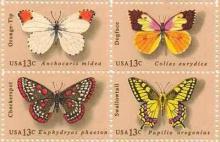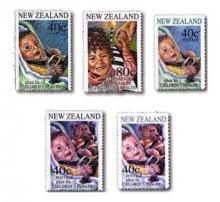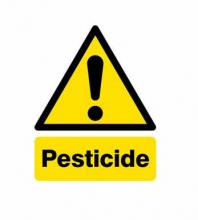An Overview Comparing Results from Two Decades of Monitoring for Pesticides in the Nation’s Streams and Rivers, 1992–2001 and 2002–2011
This report provides an overview of the U.S. Geological Survey National Water-Quality Assessment program and National Stream Quality Accounting Network findings for pesticide occurrence in U.S. streams and rivers during 2002–11 and compares them to findings for the previous decade (1992–2001). In addition, pesticide stream concentrations were compared to Human Health Benchmarks (HHBs) and chronic Aquatic Life Benchmarks (ALBs). The comparisons between the decades were intended to be simple and descriptive. Trends over time are being evaluated separately in a series of studies involving rigorous trend analysis. During both decades, one or more pesticides or pesticide degradates were detected more than 90 percent of the time in streams across all types of land uses. For individual pesticides during 2002–11, atrazine (and degradate, deethylatrazine), carbaryl, fipronil (and degradates), metolachlor, prometon, and simazine were detected in streams more than 50 percent of the time. In contrast, alachlor, chlorpyrifos, cyanazine, diazinon, EPTC, Dacthal, and tebuthiuron were detected less frequently in streams during the second decade than during the first decade.










